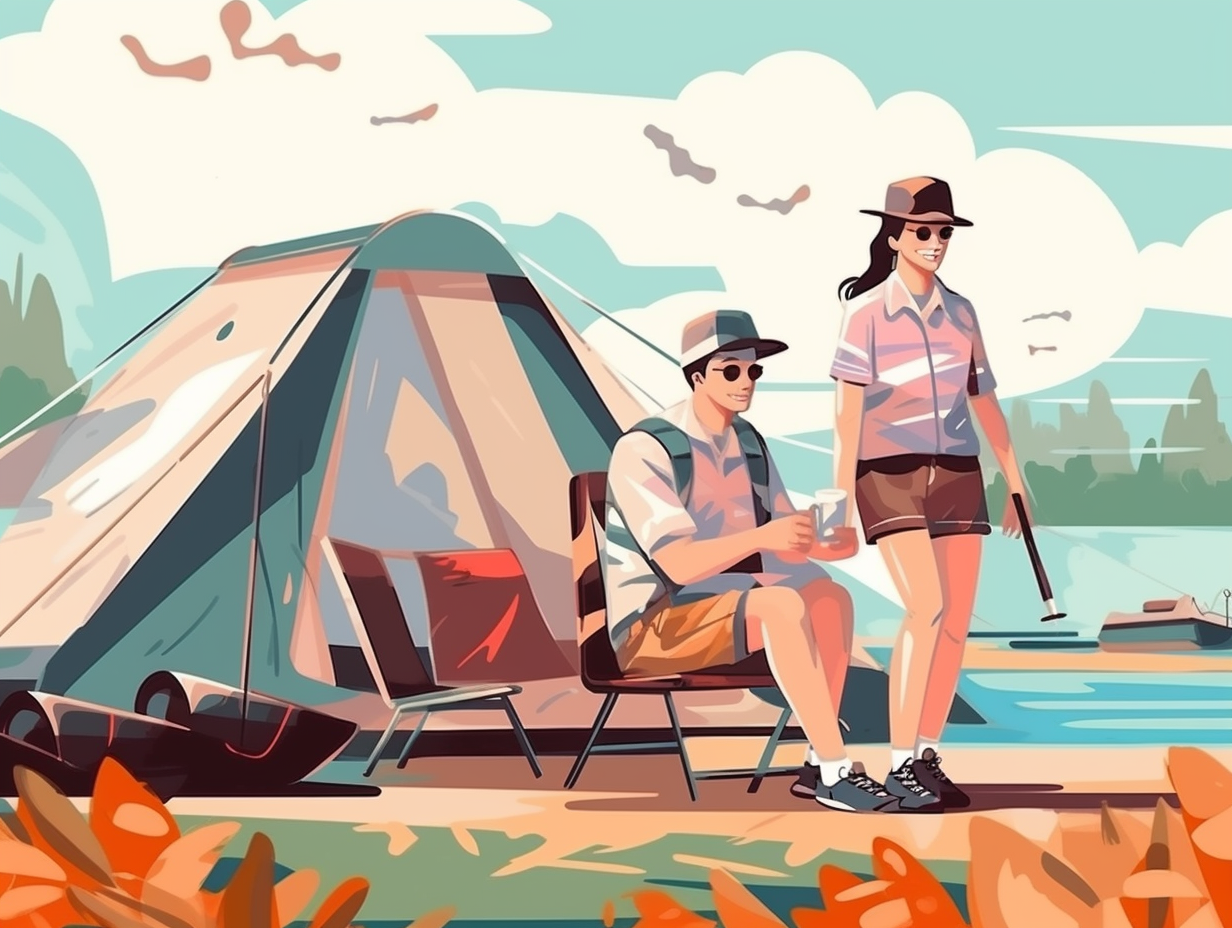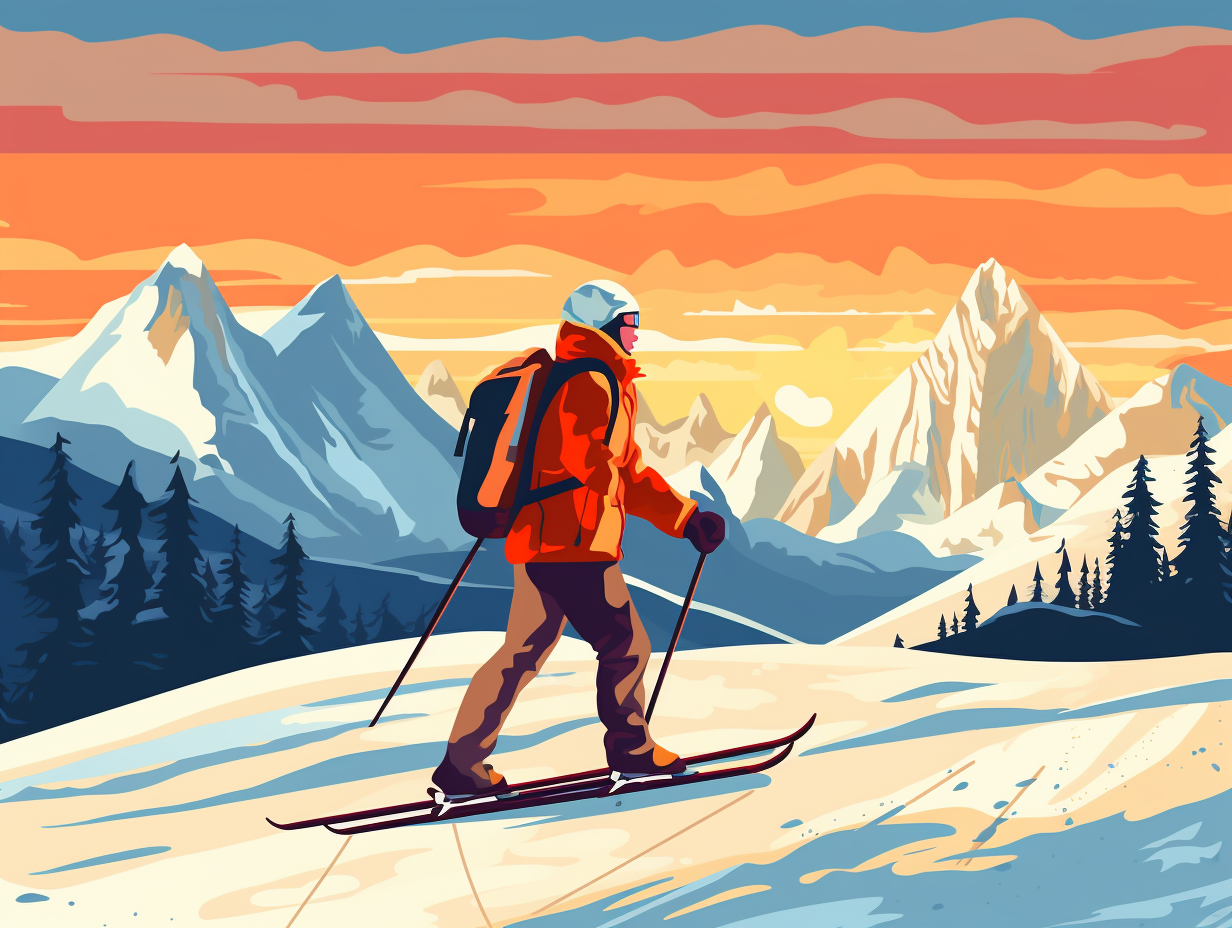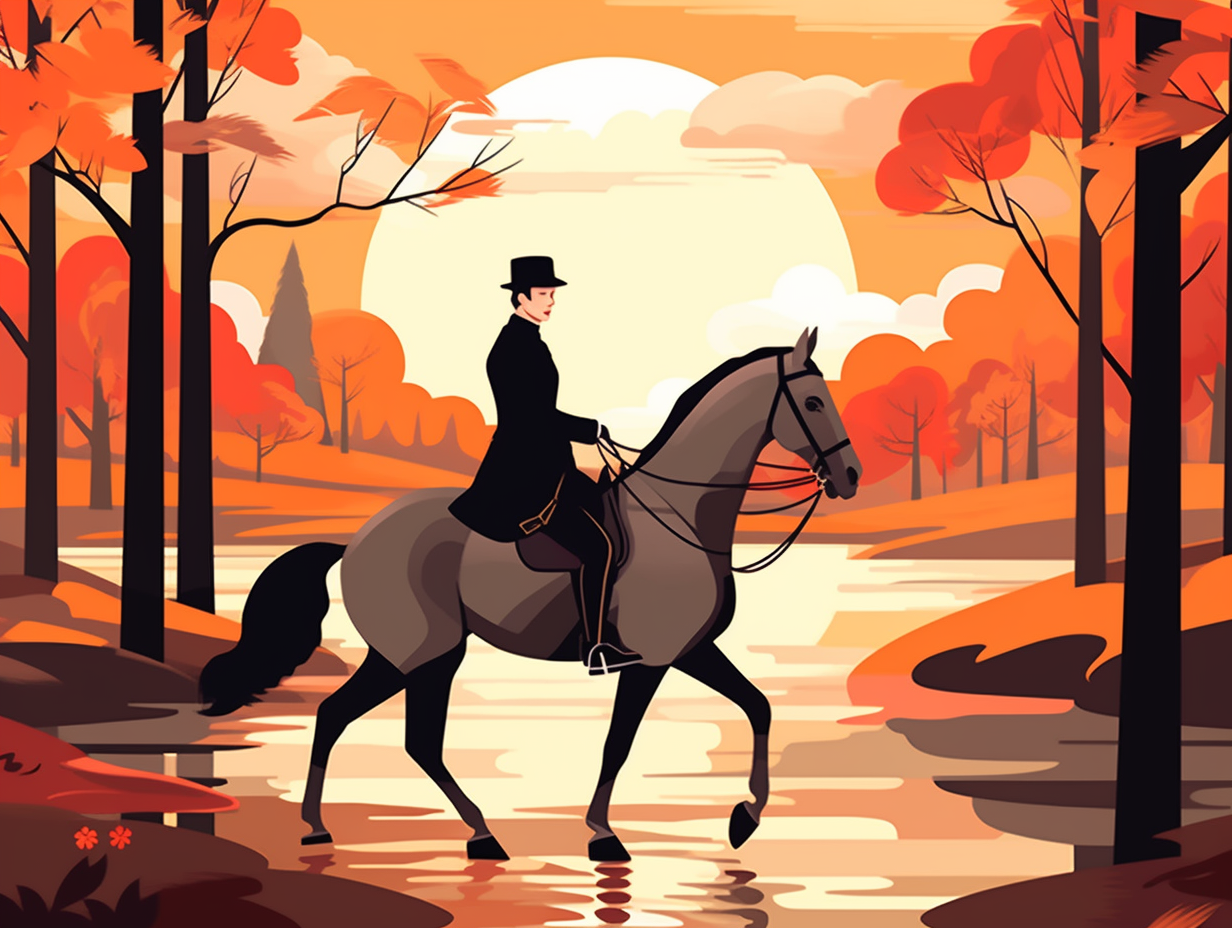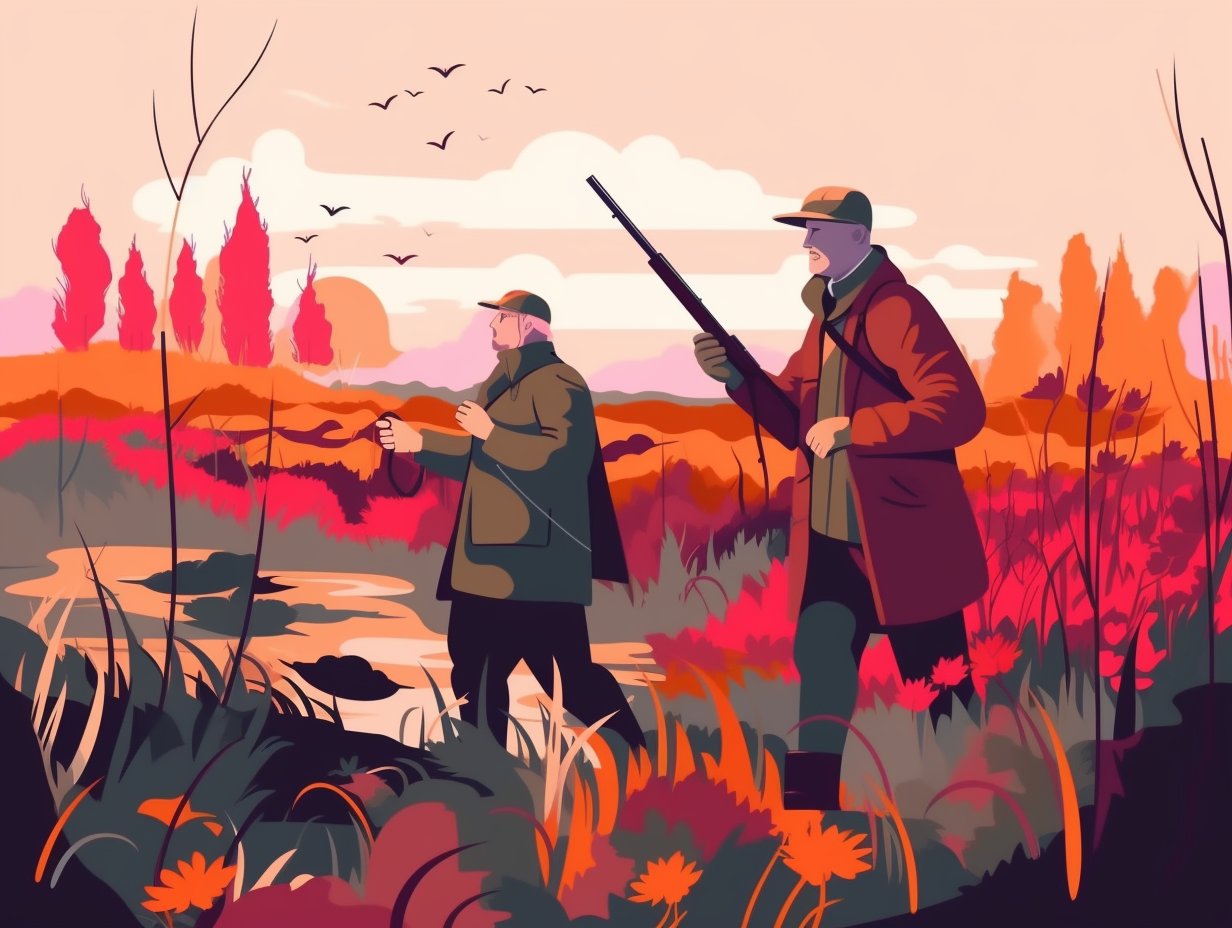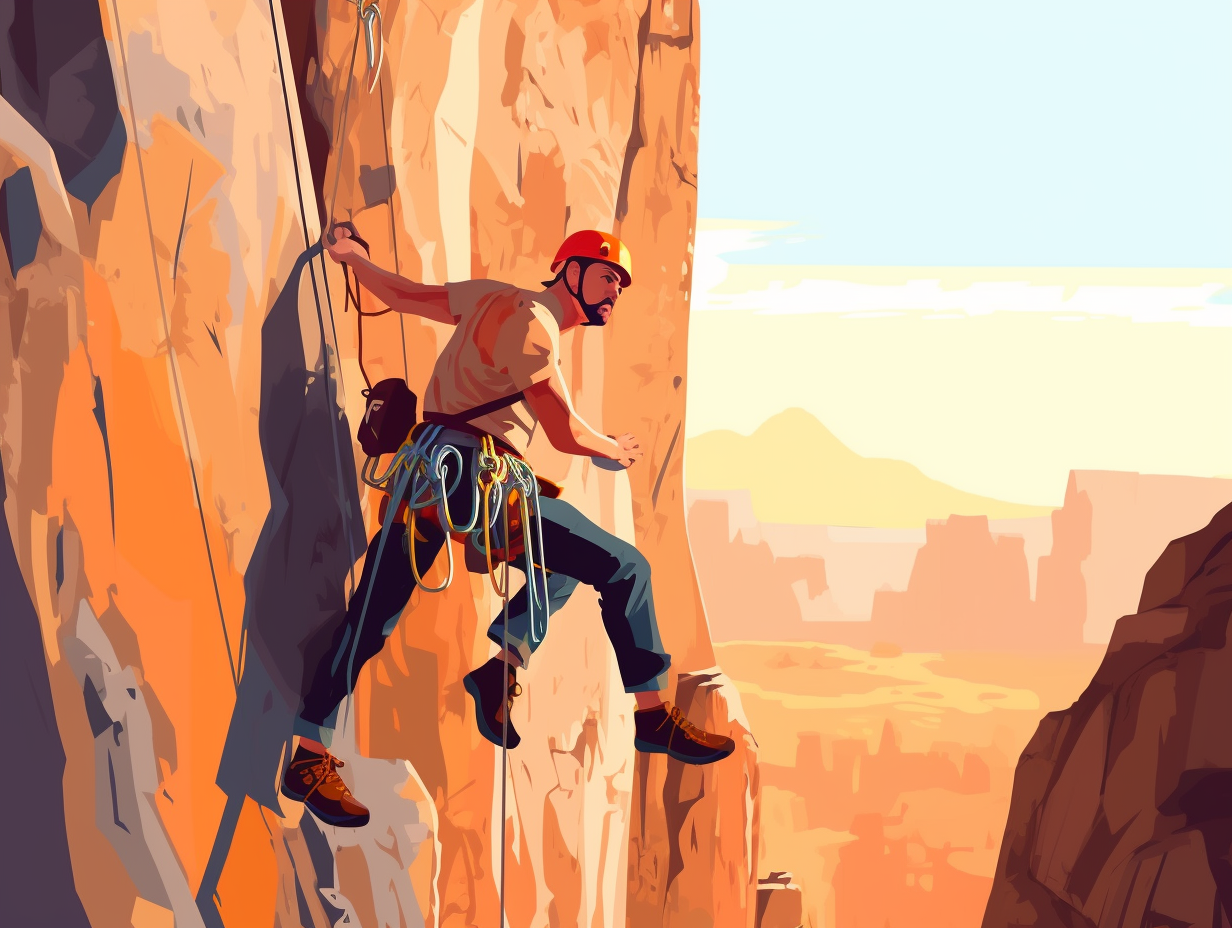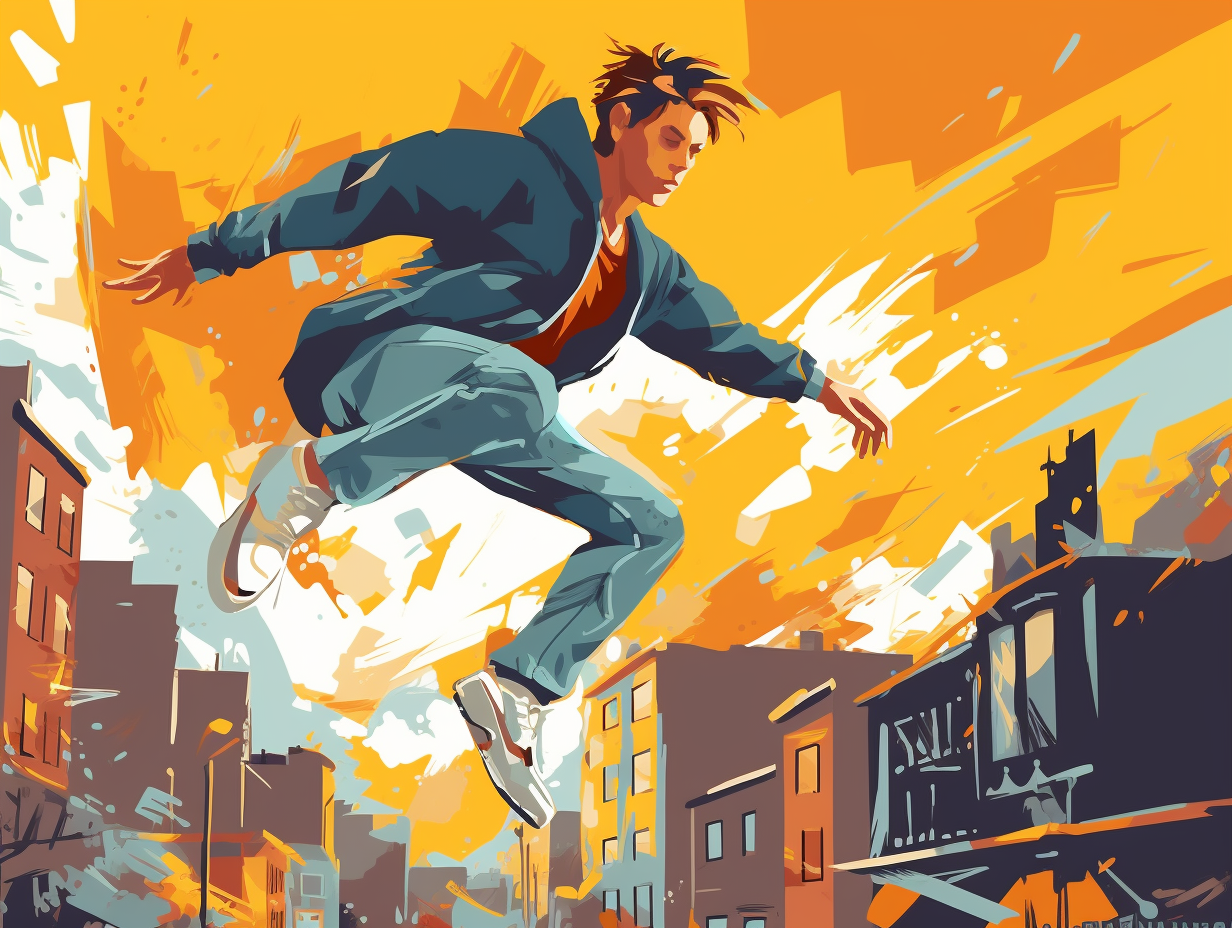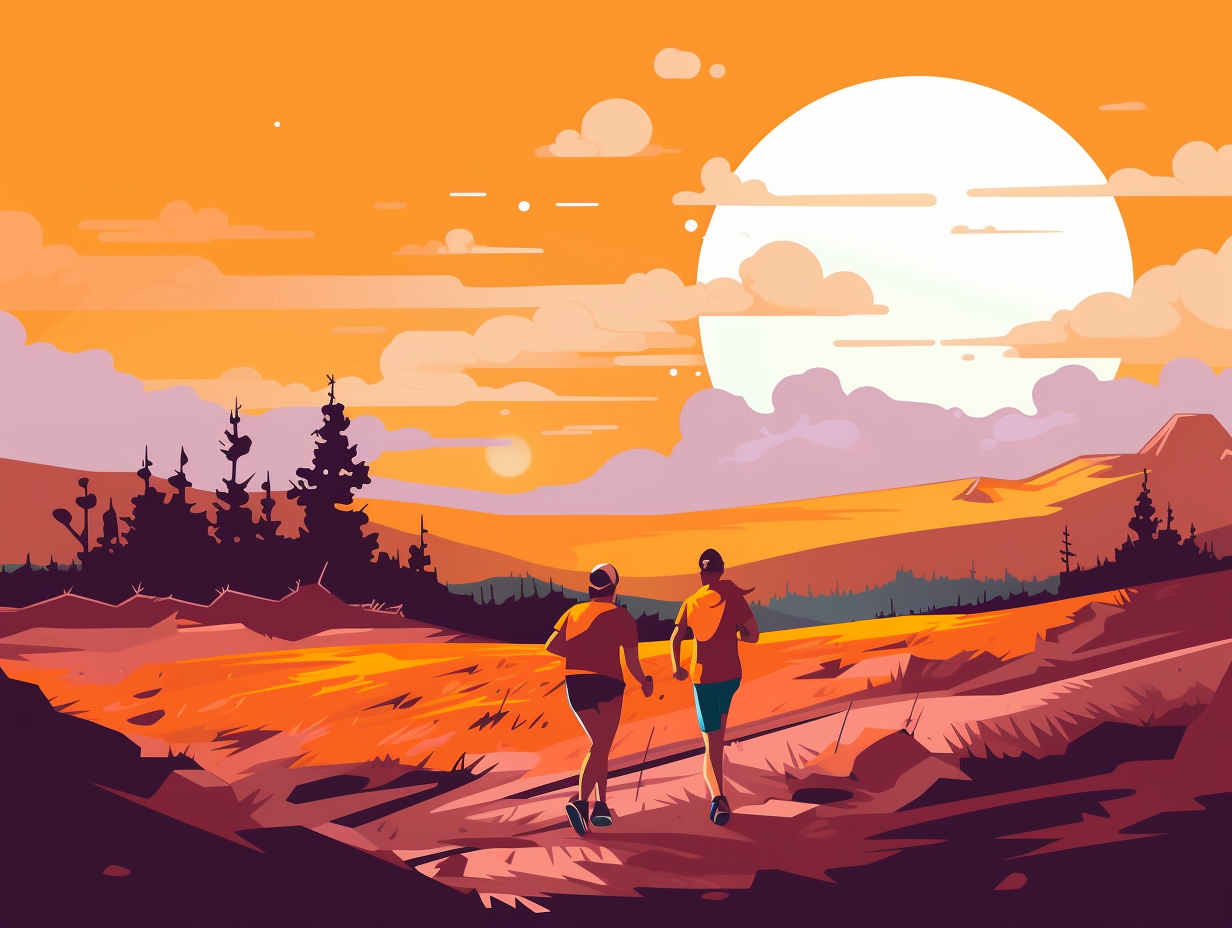11 Exciting Fun Facts: Explore the Iditarod's Thrilling Secrets and Surprises!
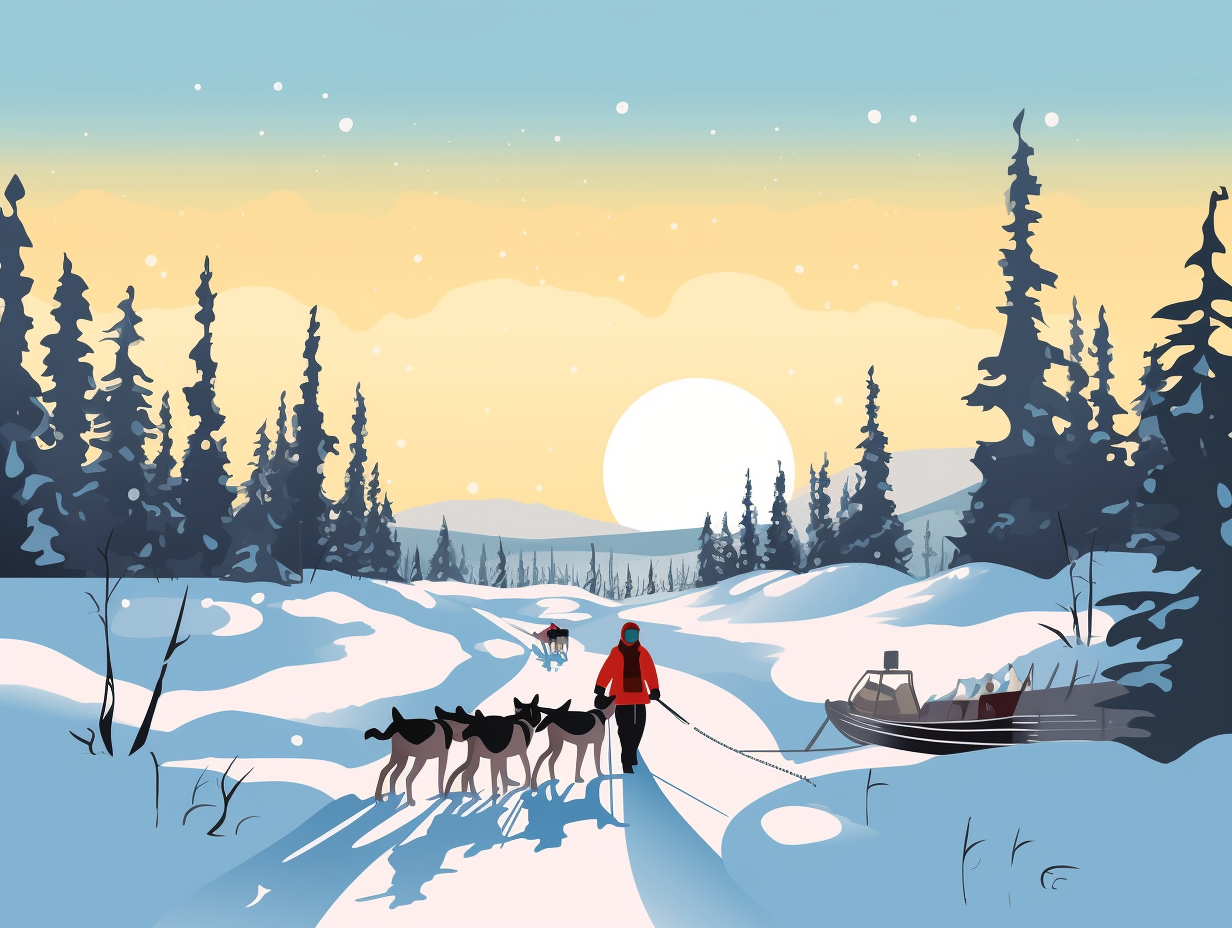
1. Dog Sled Deliveries
Before FedEx and Amazon Prime took flight, a different kind of delivery service was chasing gold and sending snail mail with dogsleds in the harshest of Alaskan winters: The Iditarod Trail was crucial for transporting mail, gold, and supplies to remote communities while also serving as a vital lifeline to Native Alaskan hunters and gatherers, eventually becoming an iconic symbol of Alaskan heritage and adventure.
Source => iditarod.com
2. Bathroom Breaks on the Go
When nature calls with an urgent "paws": The Iditarod sledding dogs are trained to take bathroom breaks mid-run, with commands such as "hup" or "gee" ensuring a clean and hygienic sled, while the musher holds the sled in place and cleans up the "business" with a shovel to prevent the spread of disease.
Source => babelbark.com
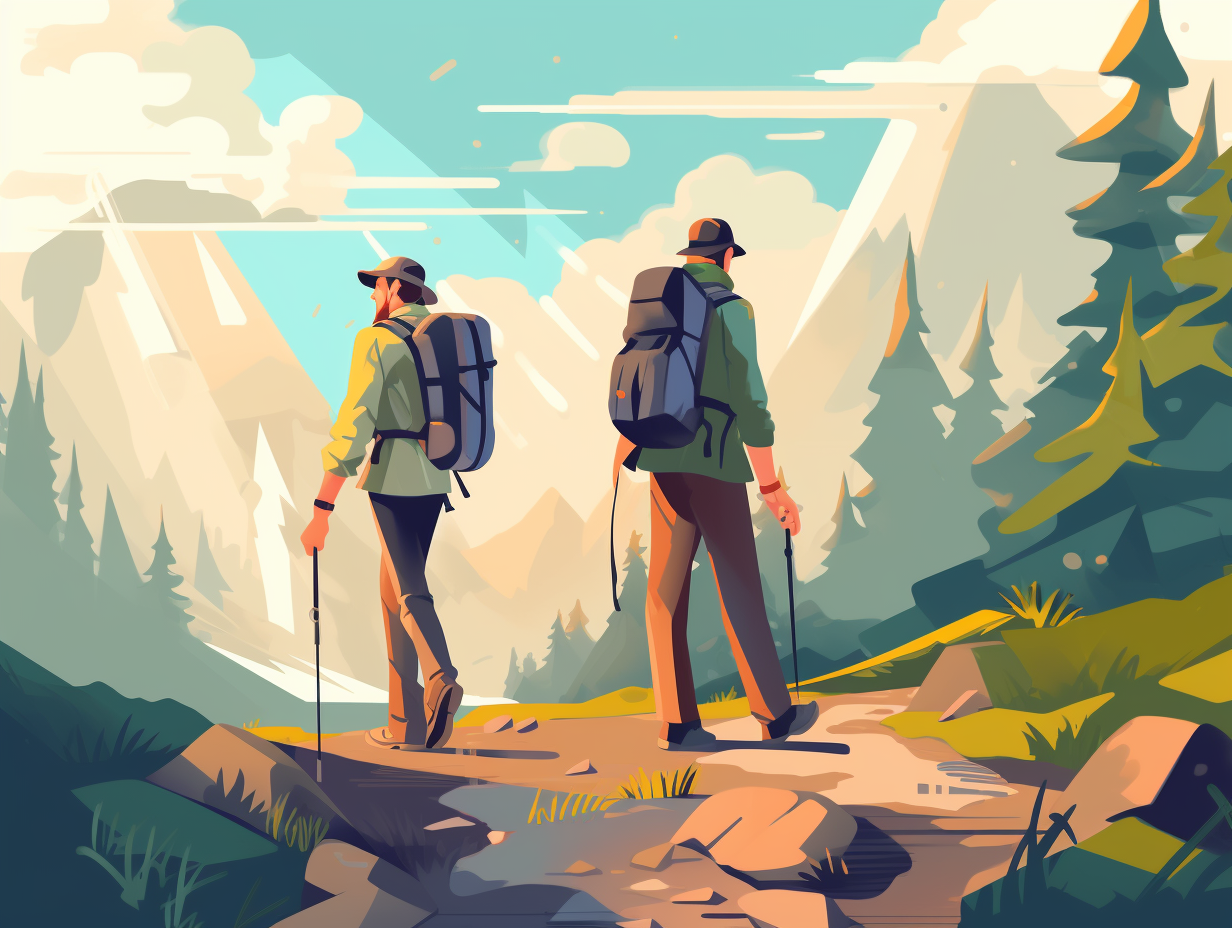
Did you know that specific snacks can boost your energy and endurance while hiking? Discover the ultimate trail mix recipe and other nutrient-dense delights to keep you going for miles! 🌲⛰️🥾
=> Fun Facts about Hiking
3. The Mysterious "Mush!"
Mush ado about nothing: Turns out the iconic mushing command "Mush!" was born from a slightly mushy understanding of the French-Canadian command "Marche!"—which means "Go!" or "Run!"—leading English-speakers to adopt it and become known as "mushers." Today, however, sled dogs respond to more commonplace commands like "Hike!" and "Let's go!" with other orders for turning and slowing down; iditarod.com provides the full rundown on this well-groomed list of mushing terminology.
Source => iditarodoutsider.wordpress.com
4. Amazing Race for Dogs
Imagine a world where dogs star in their own version of the Amazing Race, but with more snow and fur: That's the Iditarod for you! Over 50 brave teams embark on a 1,000-mile adrenaline-pumping journey from Anchorage to Nome, Alaska, keeping the Alaskan Native dog mushing traditions alive and kicking snow in the faces of naysayers.
Source => helpsleddogs.org
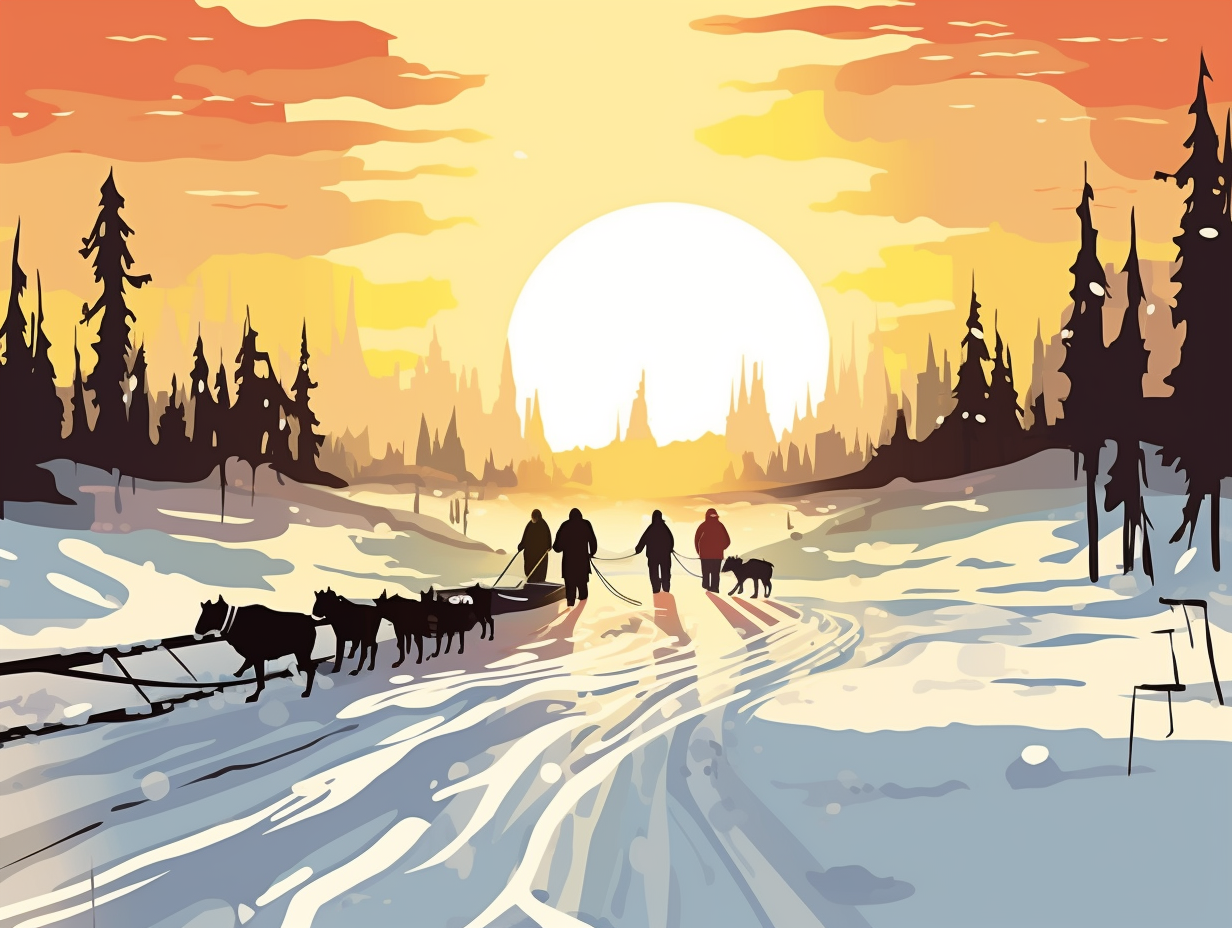
5. High-Calorie Canine Feast
Step aside, human athletes! The canine competitors of the Iditarod have truly raised the "bark" when it comes to fueling their bodies. Are you ready to feel that calorie-burn envy?: During the Iditarod race, sled dogs feast on a diet that's 60% fat, using a metabolic "switcheroo" to fuel their cells directly from their fat-filled bloodstream. With a menu of 40% carbs and protein, they consume a whopping 10,000-12,000 calories per day! That's five to six times more than what their two-legged counterparts munch on daily.
Source => iditarod.com
6. Alternating Routes & Welcoming Villages
Who let the dogs out – in alternating directions, of course! In the epic, fur-flying saga of the Iditarod Sled Dog Race, the original Northern Route got a tag-team partner with the paw-sitively historic Southern Route: Featuring a journey through the actual, albeit abandoned, town of Iditarod, the addition of this alternate track incorporated more remote villages into the race and allowed racers to avoid overcrowding smaller stops along the way, thereby ensuring a warm welcome and open doggie-doors to all.
Source => outdoors.stackexchange.com
7. Social Media Mushing Stars
Who let the dogs out – on social media? Demonstrating that Balto and Togo have nothing on their tech-savvy descendants, modern-day mushers have turned to the digital domain to boost their barking business: Many professional dog mushers now rely on Facebook and Instagram for sponsorships and fan engagement, with popular figures like Brent Sass and the Seavey family garnering thousands of followers and offering unique opportunities like sponsoring individual dogs. However, their social media game hits the brakes during the Iditarod race; mushers cannot carry communication devices, and cellphone service is limited, leading volunteers to hold their paws, er, posts.
Source => theguardian.com
8. Massive Winner's Purse
Talk about a doggone fortune: The Iditarod Trail Sled Dog Race boasts the highest winner's purse of any sled dog competition, with over $800,000 up for grabs in 2022, but racing to the bank may be tricky because it can cost up to $250,000 to compete and win the championship!
Source => fortune.com
9. Pampered Paws & Podiatry
These sled dogs might give doggy divas a run for their money, getting the royal paw-dicure treatment fit for a queen: During the Iditarod, over 200 veterinarians care for the sled dogs, including providing podiatry services like trimming nails, massaging paws, and applying booties or ointments to prevent injuries and infections.
Source => alaskasnewssource.com

10. Navigating with a Nose
Who let the dogs out? Their noses did: Sled dogs in the Iditarod race use scent, trail markers, and intuition to navigate the treacherous winter trail from Willow to Nome, relying on reflective markers, their paws' sensitivity to the trail's firmness, and good old-fashioned doggy determination in extreme weather conditions.
Source => iditarod.com
11. Cultural Immersion at Alaskan School
Whoever said laughter is the best medicine obviously didn't have Alaskan kids in mind, because it turns out, the Yup'ik people's ancient ways are the real deal for spicing up a classroom: During the Iditarod Trail Sled Dog Race, Alaska's Togiak School dedicates a week to honoring Native Alaskan culture with local experts teaching students about everything from dance, storytelling, and beading, to survival skills, showcasing that the roots of this iconic race extend deep into the region's indigenous community.
Source => iditarod.com

